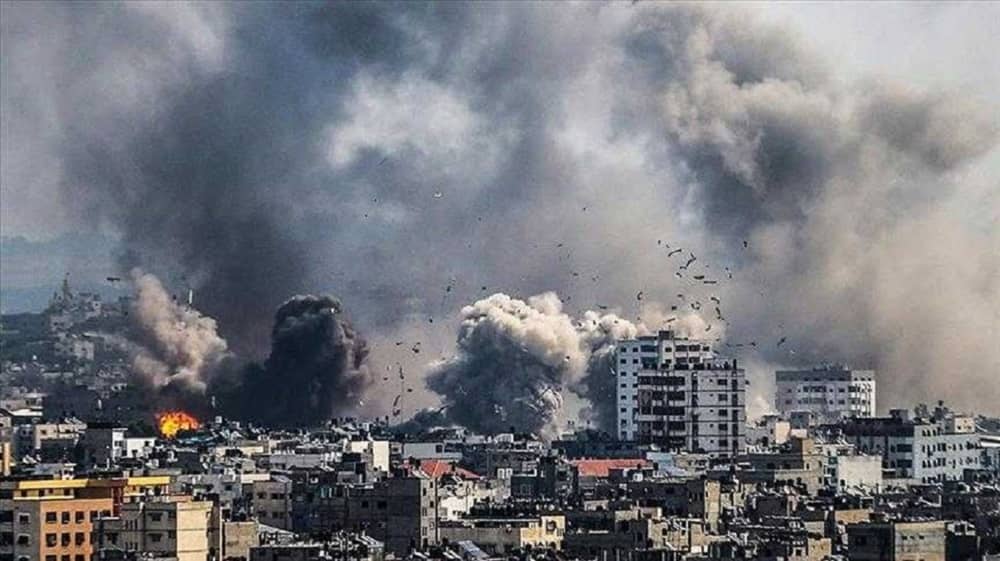

A critical aspect of this situation is the role of Iran’s Supreme Leader, Ali Khamenei, who, despite advocating for de-escalation, is perceived as a key orchestrator behind the scenes.
At the heart of Khamenei’s strategy is a multifaceted approach aimed at addressing various national and international objectives. Nationally, Khamenei is leveraging the Middle East crisis to divert attention from Iran’s impending revolution. This diversion allows for the intensification of repressive tactics within Iran, including increased executions and stringent security measures, all under the guise of maintaining order.
Politically, Khamenei is using the conflict to unify internal factions and solidify his power in anticipation of significant political events in Iran, including the elections of the Parliament and the Assembly of Experts. The latter is particularly crucial as it relates to the succession of the Supreme Leader.
Regionally, the strategy extends to exerting pressure on Arab nations, particularly Saudi Arabia. Khamenei’s goal is to undermine the Abraham Accords, which have challenged his regime’s influence in the region.
#Iranian regime’s FM officially expresses ownership of the #Gaza crisis pic.twitter.com/MNrtiOovaG
— NCRI-FAC (@iran_policy) October 19, 2023
On the international stage, Khamenei aims to position Iran as a dominant force capable of confronting the United States, especially in light of the challenges the U.S. faces in an election year. This ambition is evident in Khamenei’s active social media presence and the assertive statements from Iranian officials, despite the risks involved in the Gaza crisis.
Despite this aggressive posture, there is a clear understanding within the Iranian regime that direct conflict with the United States or Israel is not in their interest. Khamenei’s past statements, including during high-tension periods with the U.S., have consistently emphasized a no-war policy, acknowledging the mutual disadvantages of such a confrontation.
Khamenei’s confidence in avoiding direct conflict is bolstered by what he perceives as a Western policy of appeasement, which has historically oscillated between critical and constructive dialogue. This approach has, in Khamenei’s view, allowed Iran to continue its controversial actions without facing significant repercussions.
Now, championing a “no war” policy, the regime seeks to claim a victory in regional conflicts, confident in the West’s reluctance to hold them accountable. This strategy has resulted in the regime’s emboldened stance, demanding the cessation of the Gaza conflict and threatening significant retaliatory actions.
For years, the Iranian Resistance has emphasized the need for the expulsion of the mullahs’ regime from Arab countries.
From the outset, the mullahs’ rule and their survival have been based on two pillars: suppression of freedoms and repression inside #Iran, and terrorism,… pic.twitter.com/4x8ZM7Dkxg— Maryam Rajavi (@Maryam_Rajavi) November 6, 2023
The Iranian regime’s tactics have garnered support even from factions previously opposed to Khamenei, particularly in the context of its foreign militant proxies. This consolidation of support is a testament to the regime’s ability to manipulate regional crises for its benefit.
However, within Iran, there is a growing resistance movement, undeterred by the regime’s repressive measures. This movement, which has endured significant hardships, including genocides and displacement, continues to challenge the regime at various levels. The Iranian people’s persistent protests and resistance activities signal a deep-rooted desire for change.

MEK Iran (follow us on Twitter and Facebook), Maryam Rajavi’s on her site, Twitter & Facebook, NCRI (Twitter & Facebook), and People’s Mojahedin Organization of Iran – MEK IRAN – YouTu







